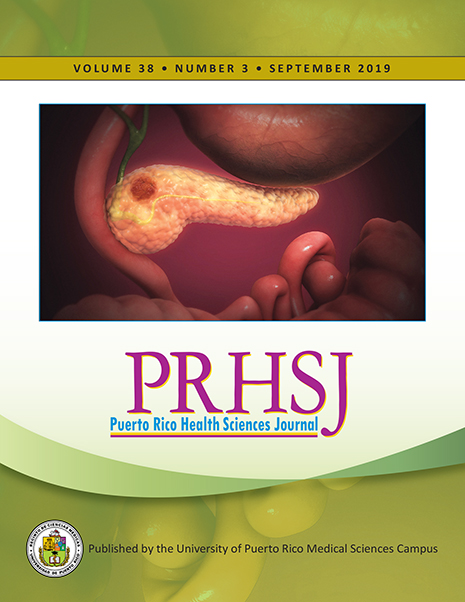Resumen
The essay examines the scientific representations that prevailed at the University of Puerto Rico School of Tropical Medicine (STM) under the auspices of Columbia University (1926-1949). This article on the STM’s scientific endeavors is the first in a historical serial collection about the images and evolution of sciences at the institution. It reviews faculty’s principal investigations (by disciplines and research problems), development of research programs, and concomitant scientific productivity and research outcomes. The essay focuses on the emerged scientific representations and the nature of sciences, and has been divided into four sections: 1) images of science, 2) the evolution of science in the first two eras (1926-40), 3) the third and last era unfolding (1941-49), and 4) special studies. This first paper focuses on the scientific images that emerged from an examination of communities’ interactions, networks, and academic and foundational documents. The scientific representations have been brought about through the analyses of different sources: academic and research reports, and publications in external and local venues. The most significant findings of this representational inquiry are: the idea of an academic tropical center in the tropics had a shared colonial-metropolis image; the community of common, but unequal, scientific citizens became an integrated epistemological community; interdisciplinary cooperation was the School’s research dictum; and an image of a mature science and school of tropical medicine emerged. The richness and varieties of the practices and outcomes of science at the STM are analytically viewed as research schemas, exemplars of knowledge (paradigms), and epistemological fields (epistemes).
Authors who publish with this journal agree to the following terms:
a. Authors retain copyright and grant the journal right of first publication with the work simultaneously licensed under a Creative Commons Attribution License that allows others to share the work with an acknowledgement of the work's authorship and initial publication in this journal.
b. Authors are able to enter into separate, additional contractual arrangements for the non-exclusive distribution of the journal's published version of the work (e.g., post it to an institutional repository or publish it in a book), with an acknowledgement of its initial publication in this journal.
c. Authors are permitted and encouraged to post their work online (e.g., in institutional repositories or on their website) prior to and during the submission process, as it can lead to productive exchanges, as well as earlier and greater citation of published work (See The Effect of Open Access).
